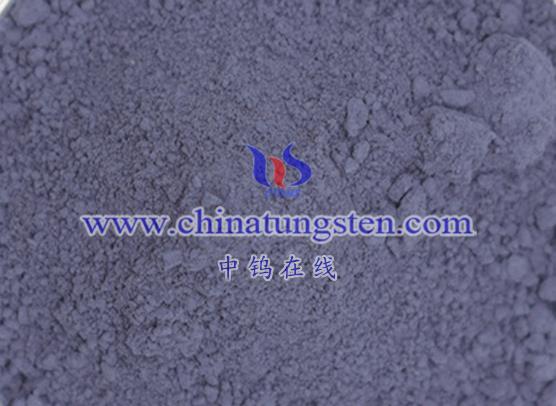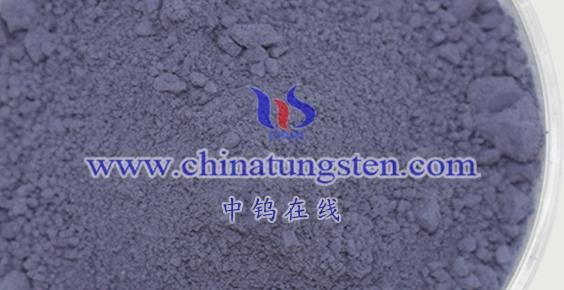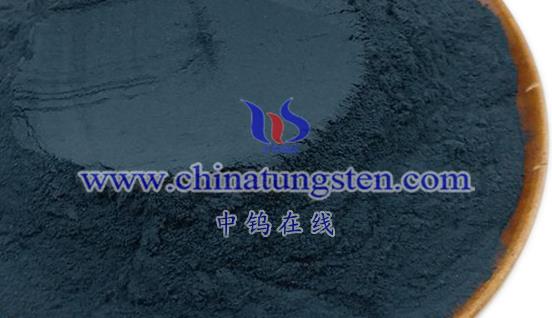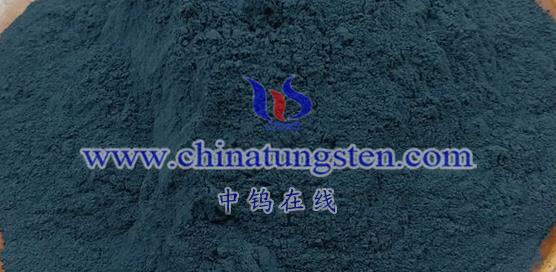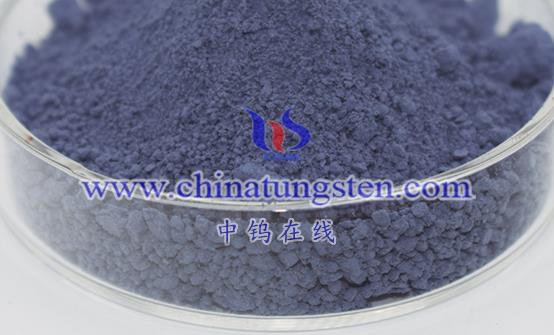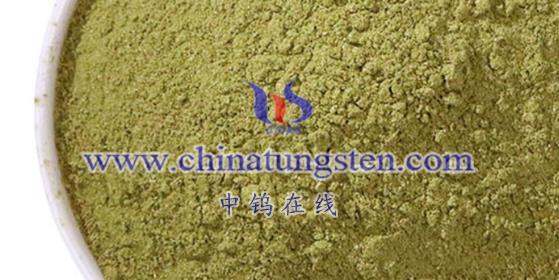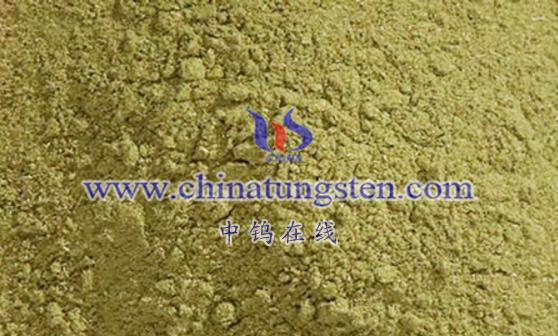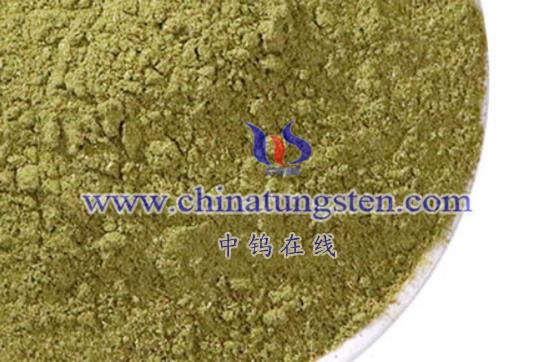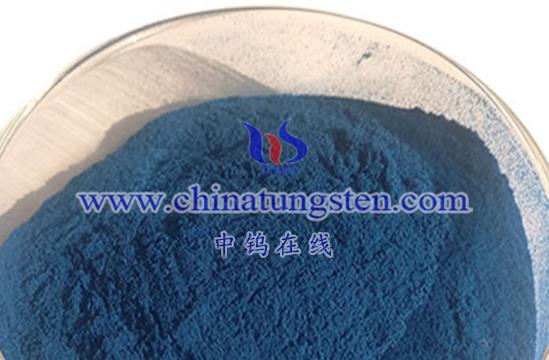
Nano tungsten trioxide (WO₃) significantly enhances the performance of lithium-ion batteries through its unique nanostructure and physicochemical properties. Below are the specific ways in which it improves battery performance:
- Increasing Energy Density
High Theoretical Capacity
As a transition metal oxide, tungsten trioxide (WO₃) has a high theoretical capacity (about 696 mAh·g⁻¹), which is much higher than traditional graphite anode materials. This makes nano tungsten trioxide a strong candidate for improving the energy density of lithium-ion batteries.
Channel Structure
Certain crystalline forms of nano tungsten trioxide (such as the ReO3 type and hexagonal phase h-WO₃) have unique channel structures that allow for the intercalation and de-intercalation of lithium ions (Li⁺), thereby enhancing the energy storage capacity of the battery.
- Improving Cycle Stability
Suppressing Volume Changes
Bulk tungsten trioxide experiences significant volume changes during charging and discharging, which can damage the electrode structure and lead to rapid capacity degradation. However, due to its nanoscale size and high porosity, nano tungsten trioxide can effectively mitigate this issue, thereby improving the cycle stability of the battery.
Formation of Stable SEI Film
During the charging and discharging processes, a stable solid electrolyte interface (SEI) film forms on the surface of nano tungsten trioxide. This film can prevent side reactions between lithium ions and the electrolyte, reduce capacity loss, and inhibit the growth of lithium dendrites, thus extending the cycle life of the battery.
- Enhancing Charge and Discharge Rates
High Conductivity and Ion Diffusion Rates
The small size effect and quantum size effect of nano tungsten trioxide significantly enhance its conductivity and lithium ion diffusion rates. This means the battery can charge and discharge more quickly, reducing charging times and improving power density.
- Other Improvements
Composite with Conductive Substrates
To further improve the conductivity of nano tungsten trioxide, researchers often combine it with conductive substrates (such as graphene). This composite material retains the high energy storage capacity of nano tungsten trioxide while enhancing its conductivity, thereby further improving battery performance.
Structural Diversity
Nano tungsten trioxide can be synthesized into various morphologies (such as nanowires, nanofilms, nanosheets, and porous nanospheres). These different morphologies have unique applications in lithium-ion batteries, allowing for selection and optimization based on specific requirements.
Conclusion
Nano tungsten trioxide plays a crucial role in enhancing lithium-ion battery performance through its unique nanostructure and physicochemical properties. It improves energy density, cycle stability, and charge/discharge rates, making it a valuable material in battery technology. With ongoing research and technological advancements, the application prospects of nano tungsten trioxide in lithium-ion batteries are expected to expand significantly.
More details of tungsten oxide product, please visit website: tungsten-oxide.com
Please contact CHINATUNGSTEN for inquiry and order of tungsten oxide:
Email: sales@chinatungsten.com
Tel.: 86 592 5129595
